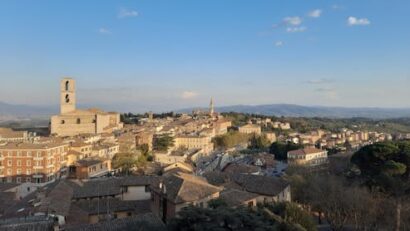
Five lessons from Perugia’s global gathering of journalists, climate changemakers and media leaders
Perugia, Italy. Anna Turns, CC BY-NC-NDLast week, I travelled to the historic city of Perugia in Umbria, Italy. With Läs mer…
Nyheter och länkar - en bra startsida helt enkelt |Oculus lyx vitae

Perugia, Italy. Anna Turns, CC BY-NC-NDLast week, I travelled to the historic city of Perugia in Umbria, Italy. With Läs mer…